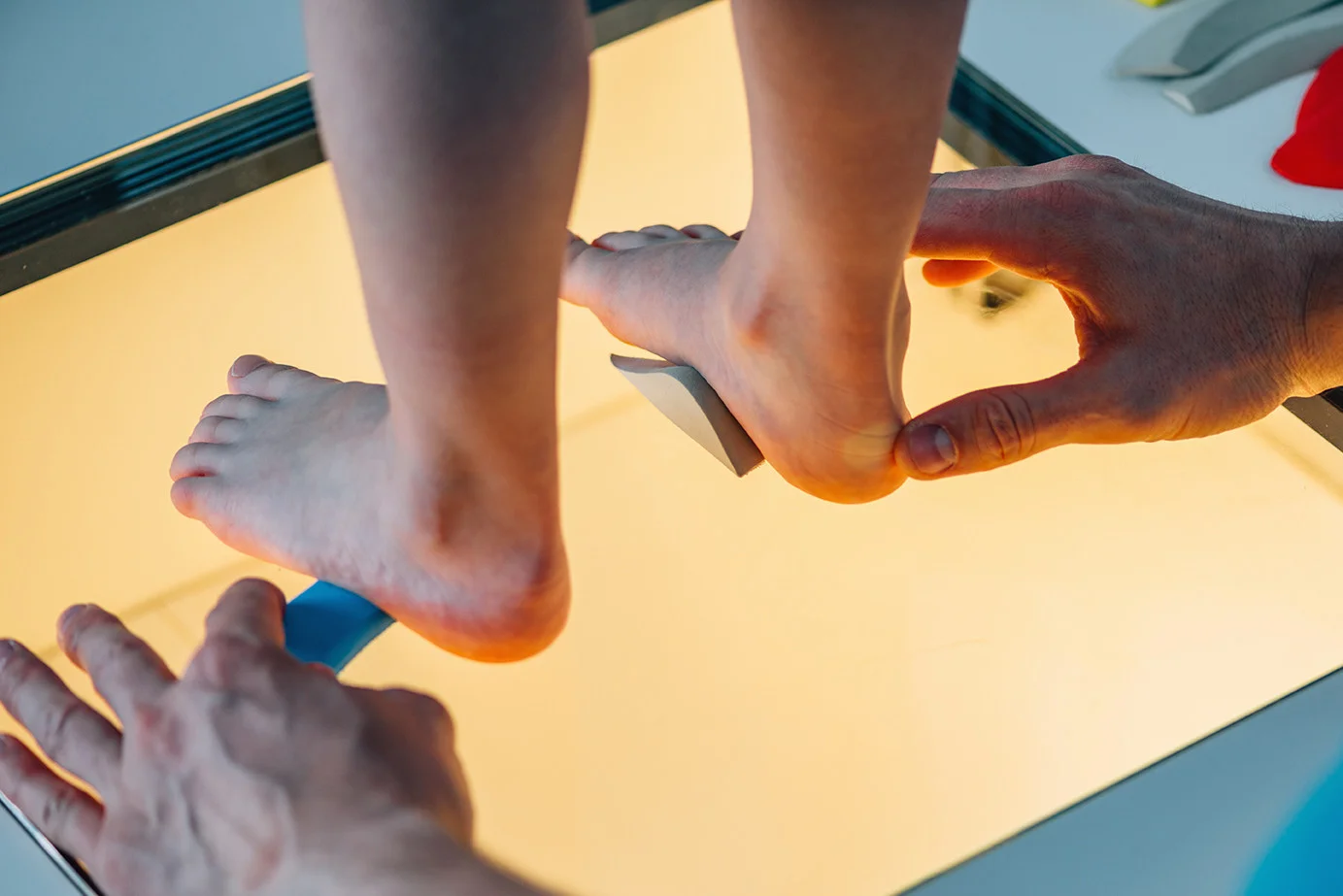Diabetic neuropathy is a common complication that affects numerous patients with diabetes. If neuropathy is not managed properly, it can lead to amputation of the affected limb. With periodical screenings and early interventions, many disabilities can be avoided.
What is Diabetic Neuropathy and Diabetic Foot?
Disorder of the nerves caused due to diabetes is called diabetic neuropathy. Most people with diabetes have some form of neuropathy. Neuropathy is caused when patients have high blood sugar levels for a prolonged period of time. It also caused due to smoking and alcohol abuse.
Symptoms of Diabetic Neuropathy
While some patients might not exhibit symptoms, others might experience:
- Tingling sensation.
- Numbness.
- Pain in the feet.
- Wasting of muscles.
- Dizziness.
- General weakness.
- Erectile Dysfunction.
Since nerve damage might occur over a prolonged period of time, symptoms might be mild in the beginning and get worse progressively. Diabetic neuropathy can be peripheral, autonomic, focal or proximal. Diabetic neuropathy leads to a diabetic foot when the neuropathy is of a peripheral nature. Peripheral neuropathy affects the feet, toes, arms, and hands. Often, due to the non-visibility of symptoms, only a doctor can find signs of peripheral neuropathy. It is for this that diabetics need to get their feet examined periodically.
Book an Appointment
What is Diabetic Foot?
High blood sugar levels lead to a damage of the blood vessels and the nerves of the feet. Over a period of time, this damage leads to a decreased sensation in the feet. Along with this, diabetes also leads to a decreased ability to fight infection. When these add up, the patient is at a higher risk of damage to the feet.
Often, patients have ulcers on the feet. These ulcers take a long time to heal as the immunity system of a diabetic is compromised. Added to that, any antibiotic medication prescribed cannot reach the ulcer due to decreased blood flow.
These wounds and ulcers take a lot of time to heal and in some cases, lead to amputation of the feet.
With such high risk factor involved, it is important for every diabetic to get a periodical foot exam. This foot exam is done with a procedure called Podo Scan.
Foot examination for diabetic foot problems
- Podo Scan
- EZScan/Sudo Scan
- Vibration Perception Threshold
Podo scan is a periodic examination prescribed to all patients at the Apollo Sugar Clinics. Apart from the Podo Scan patients also undergo tests like EZScan and SudoScan to evaluate the risk of peripheral diabetic neuropathy, autonomic cardiac neuropathy, and diabetic nephropathy.
A Podo Scan is a simple and noninvasive procedure that assesses abnormalities of the nerves based on the plantar distribution of pressure. It also assesses deformity, infection, breakdown of skin, temperature, edema, ischemia, and callosities.
The EZScan ascertains the functioning of the sweat glands of the feet and quantifies the risk of diabetes complications.
Apart from these tests, vibration perception threshold test is performed using a Biothesiometer. As the thresholds of vibration perception increases, the risk of diabetic neuropathy is higher.
All these diabetes tests are simple, noninvasive and do not need any preparation. Lasting not more than a few minutes, these tests do not require any fasting, or sample collection.
